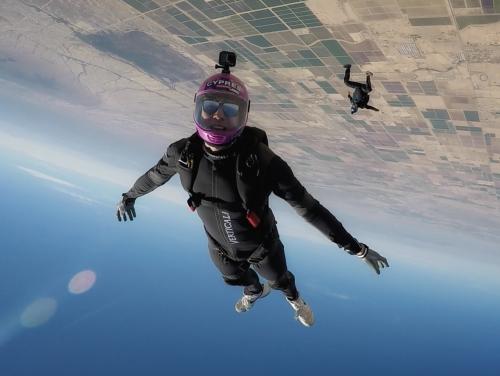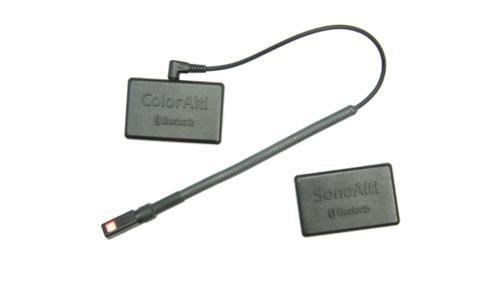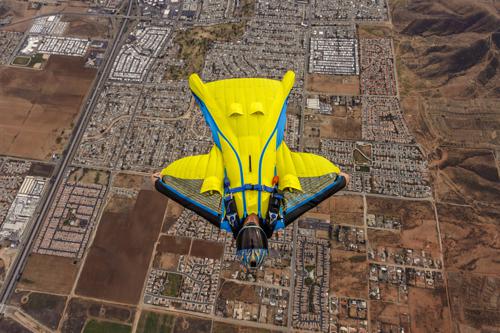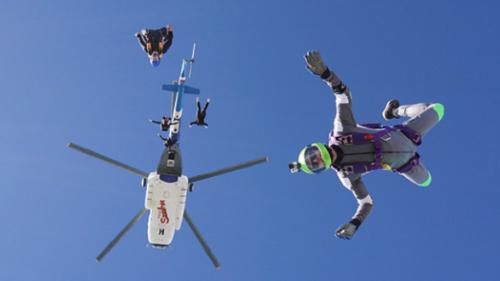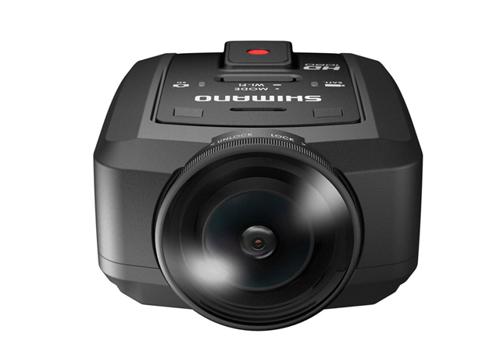Preventing Camera Snags
Image by Ralph Turner
Remember when getting a camera onto your helmet required power tools, soldering irons, hot knives and makeshift camera mounts? Um--probably not.
It wasn’t so long ago, really, that you had to have access to a workshop to get a camera on your head. Back then they were, like, really big, too. And it was obvious that cameras were problems waiting to happen. Those behemoths could--and regularly did--snap the stuffin’ out of the jumpers’ necks, making jumpers literally painfully aware that the camera posed additional safety considerations.
With the advent of the GoPro, jumping with a camera started to seem, well, obvious. Just peel off the little sticker on the mount, slap it somewhere on your helmet, clip in the little plastic doohickey and away you go. Set it and forget it! You won’t even know it’s there!
...until it decides to get all uppity and grab a handful of your lines at an inopportune moment, that is.
Here are the key questions you oughta be asking yourself before you end up in a spiderweb of your own making.
1. Should I even be jumping this thing?
The USPA actually recommends that you be the proud bearer of a C license before you jump a camera, and that you’ve jumped everything else on your person at least 50 times before. If that causes you to make a big, exasperated noise, consider this: your overall bodyflight and canopy skills need to be beyond reproach before you add the risks and distractions of a camera.
2. What am I actually going to do if it all goes pear-shaped?
You’ll need to make a decision about what the exact steps you’ll take if part of your system ends up snagged on your camera. Go through the individual components: bridle, pilot chute, lines, etc. Talk to your S&TA; about these details to check your intuition.
Perhaps, if your helmet allows, you’ll fit it with a cutaway system so your helmet doesn’t impede your life-saving efforts. That said: Talk to someone who has actually had to use a quick-release chinstrap setup under duress. Yes, it’s great that they exist. No, they are not failsafe.
If you don’t install a cutaway system, you’re going to have to be able to get that helmet off your head yourself. This is, suffice it to say, not the easiest thing to do while spinning and plummeting and stuff.
If you’re convinced your flimsy-seeming little mount will pop right off when it counts, think again. It seems that, at least when you don’t want them to come off, those GoPro mounts are tougher than they look. (A lot tougher.)
3. What’s it worth to me to buy a safer mount?
The free mounts that come with your camera have that one thing going for ‘em: They are, y’know, free. You don’t have to buy anything else. They are gratis. No more exchange of funds involved.
Free, however, sometimes isn’t the way to go.
As ubiquitous as they have become, the venerable GoPro was not invented for skydiving. Check out the array of sky-specific aftermarket mounts that aim to eliminate that looming snag hazard. Ask the camera flyers you admire what mounts they prefer (and why).
4. Can I anti-snag myself in the absence of after-market parts?
If you just don’t see yourself buying an alternative mount, you shouldn’t just throw up your hands and leave it to the fates. You should still make the effort to reduce your snag hazards. The SIM has some advice for industrious DIYers:
All edges and potential snag areas should be covered, taped or otherwise protected.
Necessary snag points on helmet-mounted cameras should at least face away from the deploying parachute.
A pyramid shape of the entire camera mounting system may deflect lines better than an egg shape.
Deflectors can help protect areas that can’t be otherwise modified to reduce problems.
All gaps between the helmet and equipment, including mounting plates, should be taped or filled (hot glue, etc.).
Protrusions, such as camera sights, should be engineered to present the least potential for snags.
Ground testing should include dragging a suspension line over the camera assembly to reveal snag points.
That last one is key, so I’ve gone ahead and put that sucker in bold.
5. What’s my decision altitude?
There is very little in this life that’s more distracting than getting a dangly brake line looped around your helmet camera and whipping into a brutal spin. The wha huh OH CRAP OH NO moment turns into GET IT OFF GET IT OFF GET IT OFF and, before you know it, your dytter is giving you the business.
So: it’s a smart idea to bump your deployment altitude up a little big to give you more time to extricate yourself. More variables require more buffer and, make no mistake, that light little fluff of a sports camera is an additional variable to be reckoned with.
6. Is this thing going to put me on the facepalm-inducing-incidents list?
...Because that, at the end of the day, is a more important question than “is it on?”
By nettenette, in Gear,




